Have you ever wondered why your dog greets you with uncontainable joy, while your cat often greets you with a measured glance—or sometimes, not at all? This fascinating difference goes beyond simple personality quirks. There’s real science behind why dogs seem devoted and cats appear so choosy with their affections. Dive in and discover the surprising, sometimes hilarious, and always intriguing reasons behind our pets’ unique ways of showing love—and maybe, just maybe, you’ll see your feline friend in a whole new light.
The Ancient Roots of Loyalty and Selectivity

Dogs and cats have traveled very different evolutionary paths. Dogs were domesticated as pack animals, bred to work alongside humans and other dogs. This pack mentality encouraged loyalty, cooperation, and a desire to please. In contrast, cats were solitary hunters for much of their history. They learned to rely on themselves, developing keen senses of independence and selectivity. This difference in ancestry is at the heart of why dogs crave human approval, while cats are more reserved and measured in their interactions.
How Dogs Became Man’s Best Friend

Thousands of years ago, humans and dogs formed a unique partnership. Early dogs helped people hunt, guarded their homes, and provided companionship. In return, they received food and shelter. This mutual dependence strengthened the bond between humans and dogs, shaping their genetic tendency toward loyalty and attachment. Over generations, dogs became experts at reading human emotions and responding with affection, making them seem almost tailor-made for companionship.
Why Cats Chose Their Own Path

Unlike dogs, cats weren’t actively domesticated by humans. Instead, they gravitated toward human settlements on their own terms, attracted by the promise of easy prey like rodents. Humans tolerated, even welcomed, these skilled hunters. But cats never lost their wild instincts or independence. Their selective nature allowed them to thrive, and over time, they became companions—on their own terms. This self-reliant streak is still visible in the modern house cat.
The Science of Canine Attachment

Dogs form strong emotional attachments to their owners, much like young children bond with their parents. Scientific studies show that dogs experience a release of oxytocin—the “love hormone”—when they interact with their favorite humans. This hormone deepens their sense of loyalty and trust. Dogs look to their owners for security and guidance, making their world revolve around the people they love most.
Feline Independence: A Survival Strategy

For cats, independence is not just a personality trait—it’s a survival mechanism. In the wild, being overly trusting could lead to danger. Cats rely on their sharp senses and quick reflexes to avoid threats. This cautious approach means they’re slow to trust and selective about whom they show affection to. When a cat chooses to curl up on your lap, it’s not just routine—it’s a hard-won sign of trust.
Body Language: Dogs vs. Cats

Dogs are open books when it comes to showing their feelings. Wagging tails, floppy ears, and big, goofy grins leave little doubt about their emotions. Cats, on the other hand, are more subtle. A slow blink, a gentle headbutt, or a softly flicking tail are their ways of saying, “I trust you.” Deciphering a cat’s body language can feel like learning a secret code, making their affection feel like a precious reward.
The Role of Early Socialization
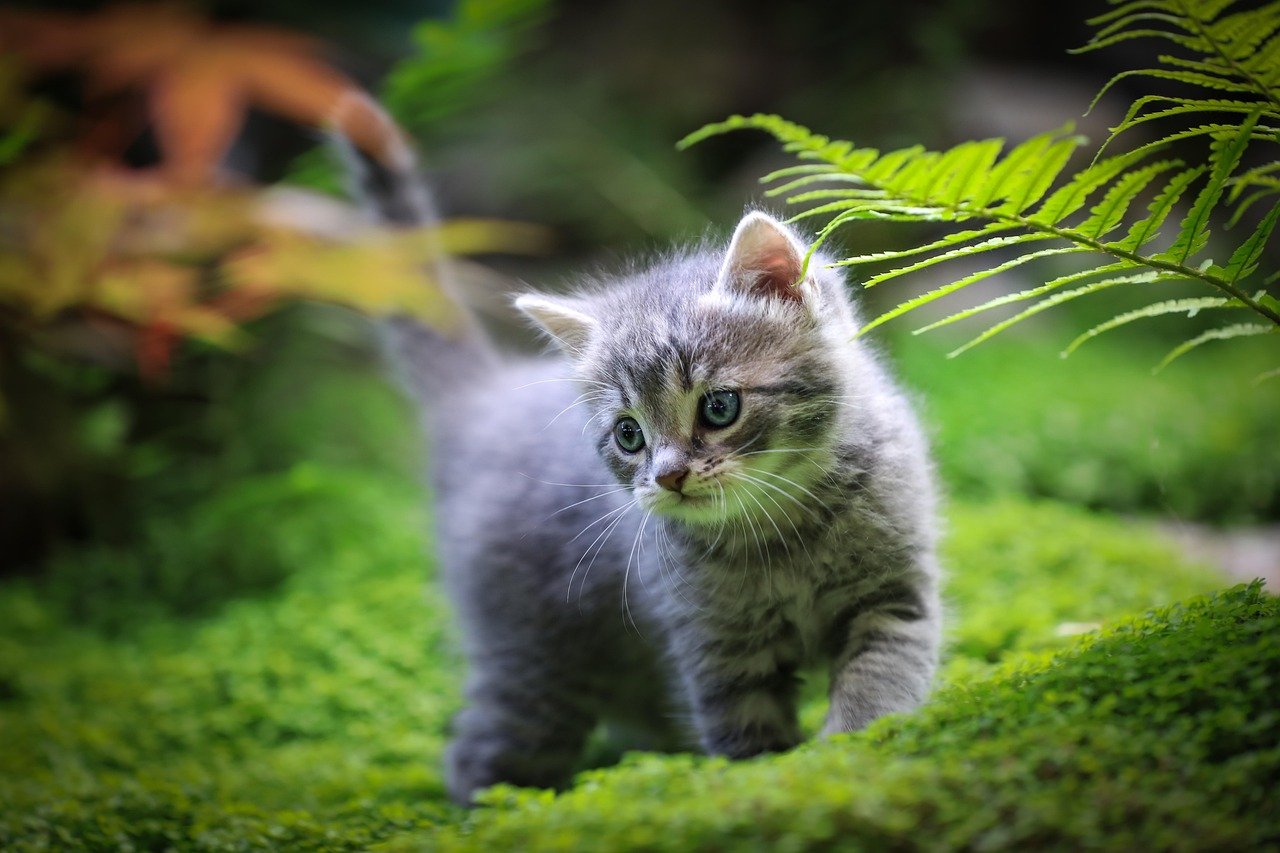
Puppies that grow up around humans quickly learn to see people as part of their pack. Early socialization is crucial, teaching them to be comfortable with affection and interaction. Kittens, in contrast, need gentle, consistent handling to develop trust. If not socialized properly as kittens, cats may grow up to be wary or aloof. This early stage shapes how open—or selective—they’ll be with humans later in life.
Genetics: Hardwired Differences
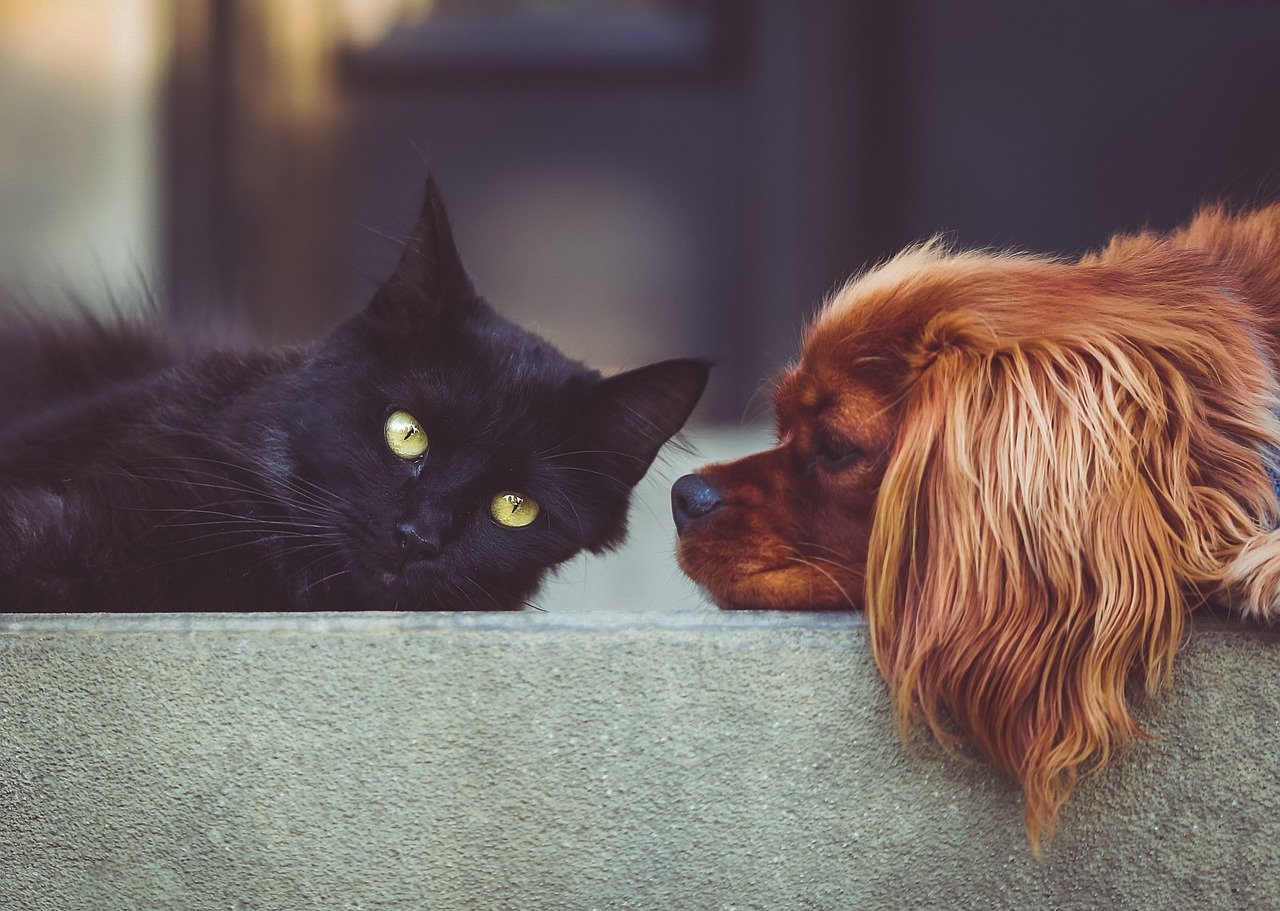
Some of the loyalty and selectivity seen in dogs and cats is simply written in their DNA. Dogs have genes that make them more eager to bond and please, while cats’ genes favor caution and self-preservation. Even among different breeds, these tendencies can vary. For example, some dog breeds are famously affectionate, while certain cat breeds are known for being extra aloof or, surprisingly, more sociable.
The Power of Scent in Relationships
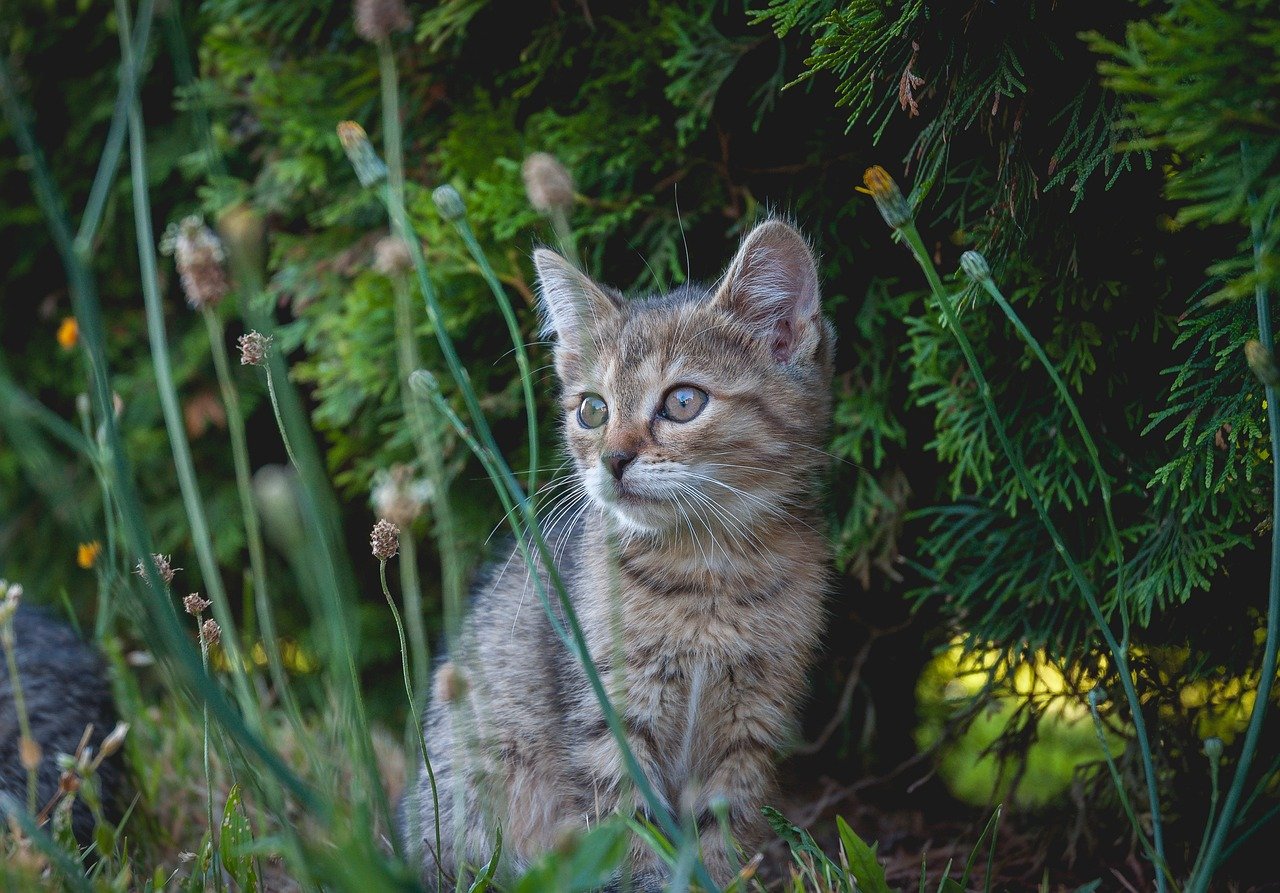
Scent is a powerful language for both dogs and cats, but they use it in different ways. Dogs recognize their owners and other dogs by scent, using it to reinforce social bonds. Cats, meanwhile, mark their territory and companions with subtle scent cues. A cat that rubs its face against your leg is, in a sense, claiming you as part of its safe space. This selective sharing of scent is another way cats show their trust—very selectively.
How Food Shapes Pet Affection
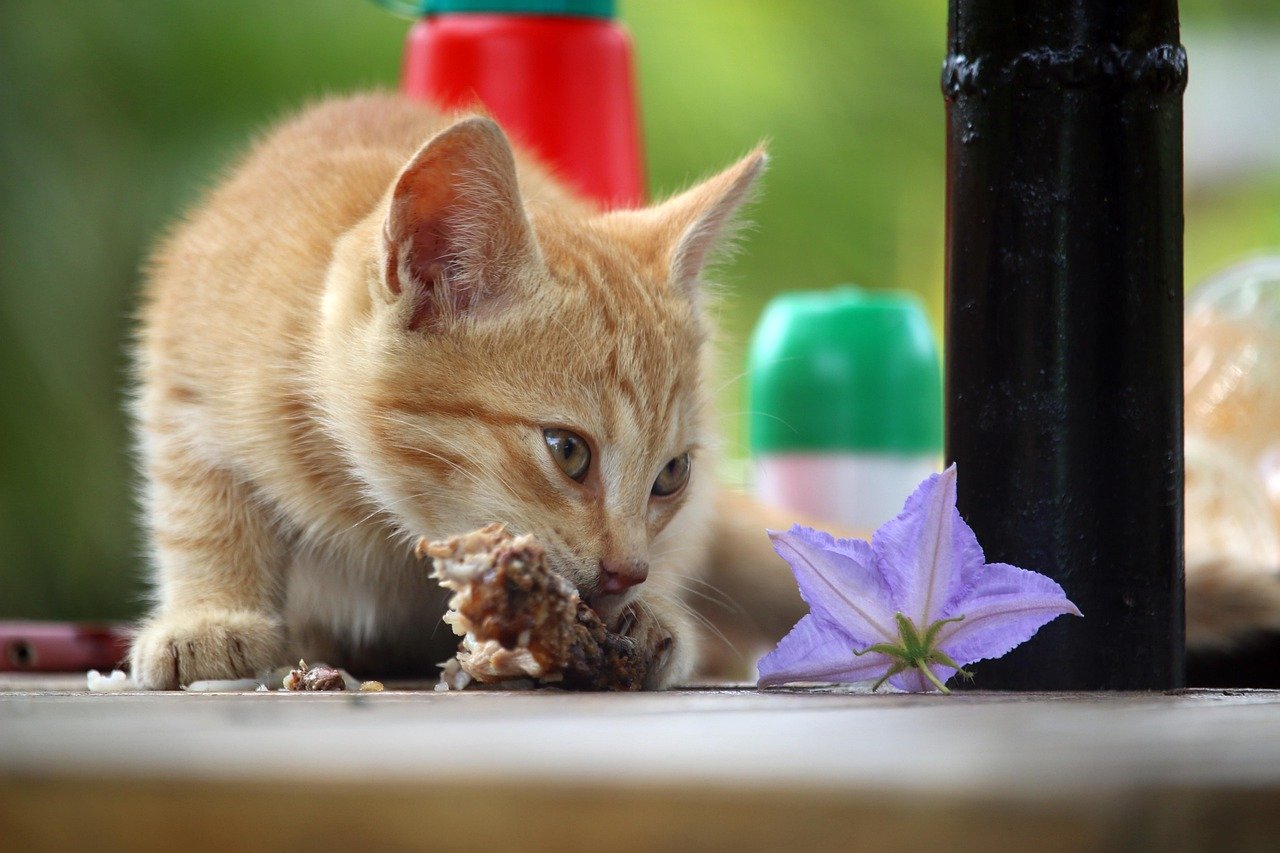
Food can play a big role in how dogs and cats relate to humans. Dogs often see their owners as providers, and their loyalty can be reinforced by meals and treats. Cats, however, are more likely to view food as a transaction. They may show affection around mealtime but disappear once their needs are met. This doesn’t mean cats don’t care; it’s just another way their selective nature shines through.
Understanding Emotional Intelligence
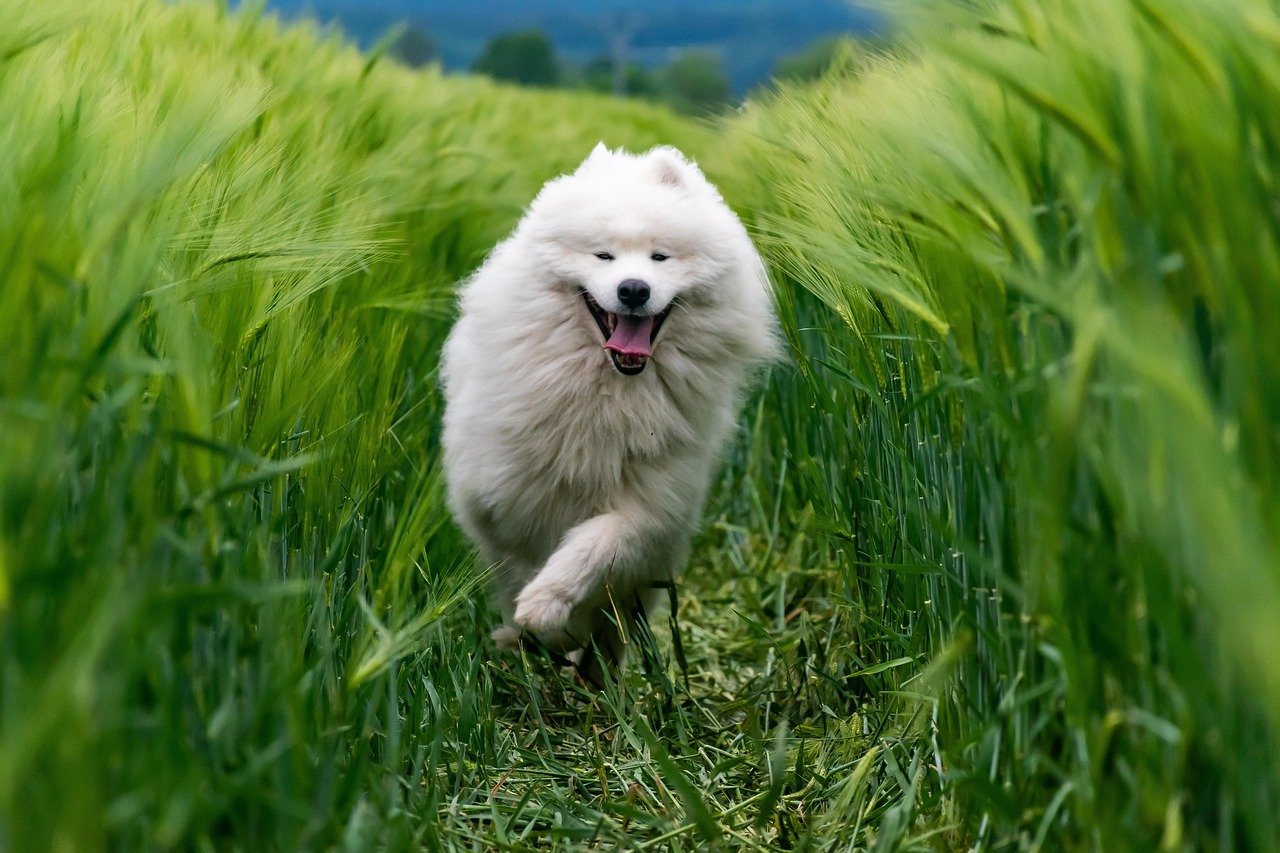
Dogs are surprisingly attuned to human emotions, often responding to sadness, excitement, or stress with comforting behavior. Their emotional intelligence makes them sensitive companions. Cats, on the other hand, are less likely to mirror your feelings. While some cats do respond to their owners’ moods, many remain cool and composed, only showing affection when they feel safe and comfortable.
Effects of Routine and Environment

Dogs thrive on routine and structure. A familiar daily schedule gives them security, and they often form habits around their owners’ activities. Cats also appreciate routine, but they’re more sensitive to changes in their environment. Even small disruptions can make a cat withdraw. Their selectivity may increase in times of stress or change, making patience and consistency key to earning their affection.
How Play Reveals Personality

Playtime can reveal a lot about your pet’s approach to relationships. Dogs love interactive games that involve their humans, like fetch or tug-of-war. These games strengthen the bond between dog and owner. Cats, meanwhile, often prefer solo play with toys they can stalk or pounce on. When a cat invites you to play, it’s a sign they trust you enough to let their guard down—a rare and special invitation.
Health and Well-being: What Affection Means

Affection from pets isn’t just about warm feelings—it can impact their health. Dogs who feel bonded with their owners often show fewer signs of stress and are generally healthier. Cats, too, benefit from feeling secure, though their signs of happiness are subtler. A cat that purrs, kneads, or sleeps nearby is showing signs of well-being, even if their affection is not as obvious as a dog’s.
The Influence of Human Behavior

The way you interact with your pet shapes their responses. Dogs often mirror their owners’ energy and mood, adjusting their behavior to match. Cats, on the other hand, notice subtle cues and appreciate gentle, respectful interactions. Pushing a cat to be affectionate can backfire, while patience and calmness often draw out their more loving side. Understanding and respecting their boundaries is key to building trust.
Why Some Cats Are More Affectionate

Not all cats are aloof. Some breeds, like Ragdolls or Siamese, are known for their affectionate natures. Even within breeds, individual personalities play a big role. Cats that are well-socialized as kittens, have positive experiences with humans, or simply enjoy company can be incredibly loving. Their affection may be quieter, but it’s deeply rewarding for those lucky enough to earn it.
The Myth of the “Unloving” Cat

Cats often get a bad rap as cold or indifferent. In reality, their affection just looks different from that of dogs. A cat that follows you from room to room, brings you “gifts,” or sits quietly beside you is showing love in its own way. Understanding these subtle signals can help you appreciate the unique bond you share with your feline friend.
Loyalty in Cats: Debunking the Stereotype

While cats may not display the exuberant loyalty of dogs, they are capable of forming strong, lasting bonds. Many cats develop deep attachments to their owners and can show distress when separated. Their loyalty is just more understated, often revealed through quiet companionship, gentle touches, or the simple act of being present.
How To Win a Cat’s Heart

Earning a cat’s affection requires time, patience, and respect. Let them approach you on their own terms, offer treats or toys, and provide plenty of safe spaces. Speak softly, move slowly, and avoid forcing interactions. When a cat finally chooses to trust you, it feels like winning the lottery—a reward for your understanding and care.
The Unique Joy of Selective Affection

There’s something magical about earning the trust of a selective animal. When a cat chooses you, it feels like a private victory. Their affection isn’t given freely, so every headbutt, purr, or slow blink is meaningful. It’s a different kind of loyalty—one that feels exclusive and deeply personal, making the bond between cat and owner uniquely special.
Celebrating the Differences

Dogs and cats offer us two very different models of companionship. Dogs remind us of the joy of unconditional love, while cats teach us the beauty of patience and respect. Both have their charms, and both enrich our lives in distinct ways. Embracing these differences helps us appreciate our pets for who they truly are.
Hi, I’m Bola, a passionate writer and creative strategist with a knack for crafting compelling content that educates, inspires, and connects. Over the years, I’ve honed my skills across various writing fields, including content creation, copywriting, online course development, and video scriptwriting.
When I’m not at my desk, you’ll find me exploring new ideas, reading books, or brainstorming creative ways to solve challenges. I believe that words have the power to transform, and I’m here to help you leverage that power for success.
Thanks for stopping by, Keep coming to this website to checkout new articles form me. You’d always love it!






